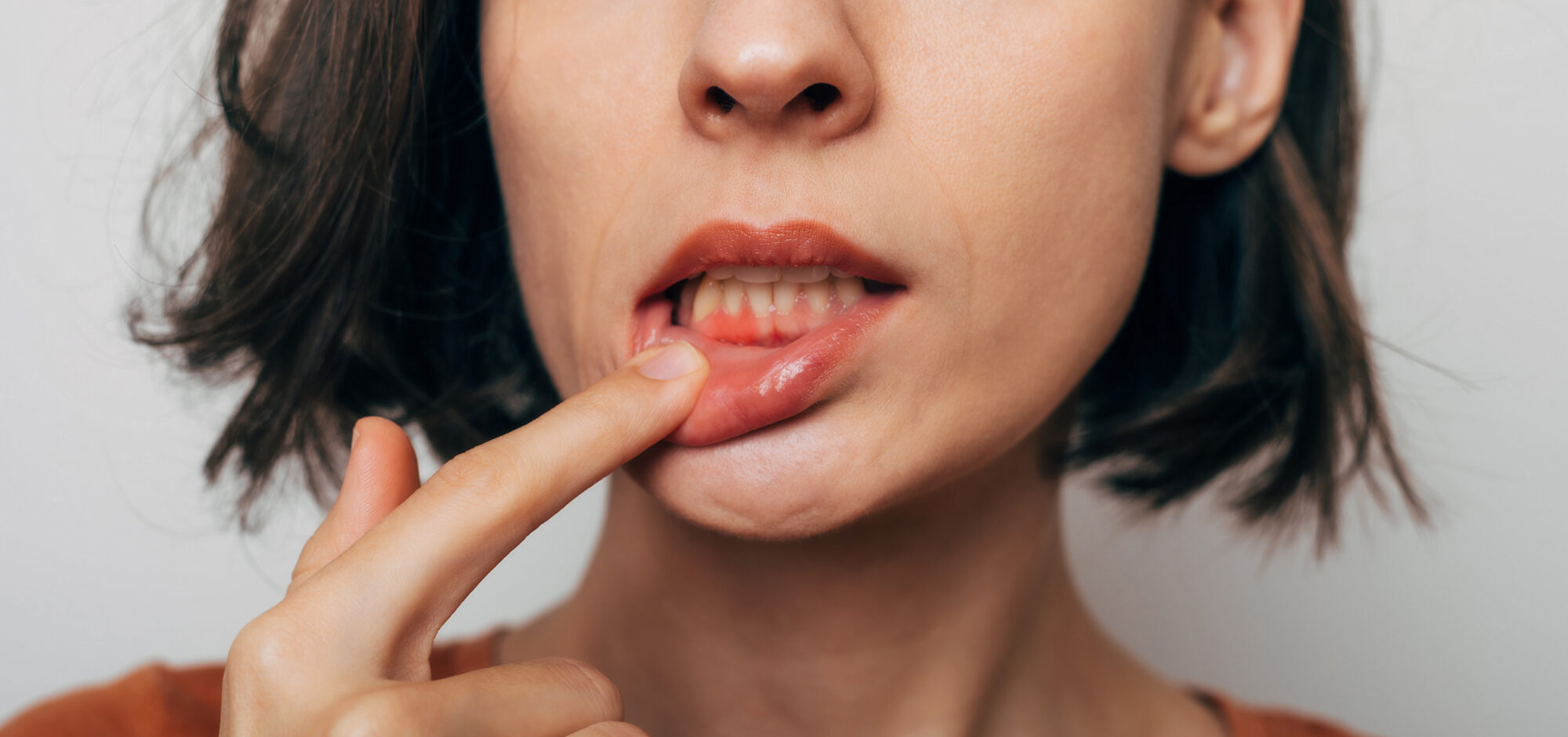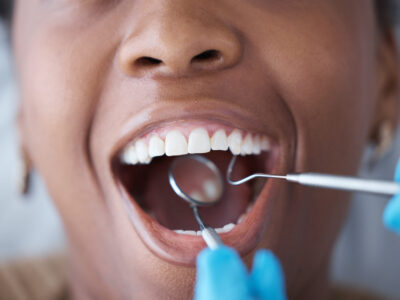
Every year, about 53,000 Americans develop oral cancer. Of these 53,000, a little over 10,000 will die from the disease.
However, survival rates increase dramatically when the cancer is discovered in its early stage.
As with most cancers, early detection is the difference between a successful treatment and a fatal outcome. Here are some practices that can help you identify oral cancers early before they spread into other areas of the body. If your self-examination turns up something concerning, you can contact a specialist before the growth can spread into other tissues.
We’ll also look at some lifestyle changes you can make to reduce your risk factors for this dangerous disease.
What Do Oral Cancers and Pre-Cancers Look Like?
Oral cancers take many forms, and pre-cancerous tissues can be challenging to spot. The first step towards early recognition is knowing what to look for. When checking your mouth for oral cancers, look for:
- White or red spots that have sharp, well-defined borders separating them from the surrounding tissue
- Ulcers or open sores that persist for longer than two weeks
- Unexplained lumps or bumps emerging from the tissues of the mouth
Where Should I Look for Oral Cancers?
Most oral cancers develop in one of these locations:
- Sides and bottom of the tongue
- Floor of mouth (below the tongue)
- Soft palate and back of the throat
What’s the Best Way to Check For Oral Cancers?
To quickly spot and seek diagnosis and treatment for any potentially dangerous growths in your mouth, it’s crucial to perform an oral cancer self-screening once a month. Follow these steps to conduct an in-depth inspection of your mouth to check for cancers and pre-cancers:
- Get a small flashlight and find a well-lit location with a good, clear mirror.
- Wash your hands thoroughly.
- Examine the outside of your lips, then pull your lips out to check their insides and all around your gums.
- Use the flashlight to look closely at the insides of both cheeks and then feel those areas with a clean finger.
- Lift your tongue and examine the floor of your mouth, then feel that area with a finger.
- Stick out your tongue and use the flashlight to inspect the top, bottom, and sides closely. Feel your tongue with your fingers.
- Use the flashlight to check out your soft palate and the back of your throat. Don’t stick out your tongue for this step – it will prevent you from seeing the back of the throat.
If you see or feel anything unusual in your mouth, contact a dentist or oral surgeon for a more thorough examination.

Tips For Reducing Your Risk of Oral Cancer
Stopping Tobacco Use
Several factors can lead to the development of oral cancer, and oral cancers with no apparent cause can also arise, but there’s one primary risk factor that is responsible for nearly 40% of cases: tobacco.
Whether it’s smoked, chewed, or dipped, tobacco contains incredibly potent carcinogens that quickly affect the DNA of tissues that they contact. Since nearly every method of using tobacco involves the mouth, oral cancers are one of the most common tobacco-related cancers.
If that’s not a good enough reason for you to quit using tobacco – or never start in the first place – then consider this statistic: about three in every ten cancer deaths are caused by tobacco use.
Stopping the use of all tobacco products is one of the best ways to prevent the development of oral cancer.
Reducing Alcohol Intake
Drinking alcohol to excess (more than 21 drinks in one week) is the second most significant risk factor for oral cancer. When tobacco and alcohol are consumed together, the risk level increases dramatically:
- The dehydrating effect that alcohol has on the tissues of the mouth allows the carcinogens present in tobacco to more easily penetrate the tissue and cause dangerous damage to cellular DNA
- Systemic changes to the body’s mucous membranes caused by the liver damage associated with heavy drinking may also create a “perfect storm” in the mouth that fosters the development and growth of cancerous tissue.
Reducing or eliminating alcohol use, along with stopping the use of tobacco, can immediately reduce your risk of oral cancer. Your overall risk can drop as low as that of a nonsmoker/nondrinker within ten years of giving up alcohol and tobacco.
Receiving an HPV Vaccination
Some oral cancers have been linked to human papillomavirus (HPV) infection, transmitted when an infected individual has sexual contact with another person. Being vaccinated against HPV can reduce the likelihood of developing oral cancer.
Limiting Sun Exposure
Some oral cancers develop on the lip and then spread into the tissues inside the mouth. Some of these cancers may be associated with sun exposure. Stay out of direct sun as much as possible, and always use sunscreen, including a sunscreen-containing lip product, when you spend time outdoors during the day.
Related Articles:
Are You Concerned About Oral Cancer? Talk to Athens Oral Surgery Today.
If your oral cancer self-screening has raised a red flag, Dr. Tomlinson can carry out a complete exam and help you know your next steps. Schedule an appointment with our team by calling 706-549-5033.
